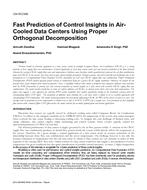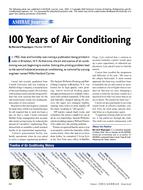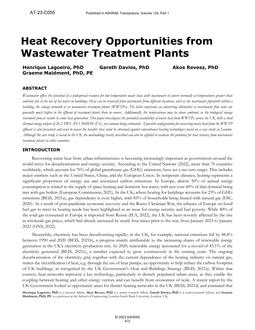Because of recently heightened concern with industrial working conditions and worker health, legislation has been developed with the intent of providing safer and healthier industrial environments. Among the concerns is the effect of the thermal environment on the worker and the potential for heat stress in occupational situations.
To provide an index for classification of potentially stressful conditions for use under regulations established by OSHA (Occupational Safety and Health Act), NIOSH (National Institute for Occupational Safety and Health) has developed a standard (1) based on wet-bulb globe temperature (WBGT). Under this standard, environmental conditions which yield certain specified values of WBGT will require modification in work procedures and/or correction of the undesirable environmental condition.
The wet-bulb globe temperature index was developed by C.P. Yaglou and D. Minard and bears some relationship to the effective temperature (ET) scale. As with ET, physiological response is empirically correlated to WBGT from observed data. In its first application in Marine Corps Training Centers, WBGT was successfully used to reduce heat stress casualties. Since that time, more extensive data has been collected to relate WBGT to actual thermal stress levels experienced by’humans.
Product Details
- Published:
- 1976
- Number of Pages:
- 14
- File Size:
- 1 file , 770 KB
- Product Code(s):
- D-SE-2420
- Note:
- This product is unavailable in Russia, Belarus


